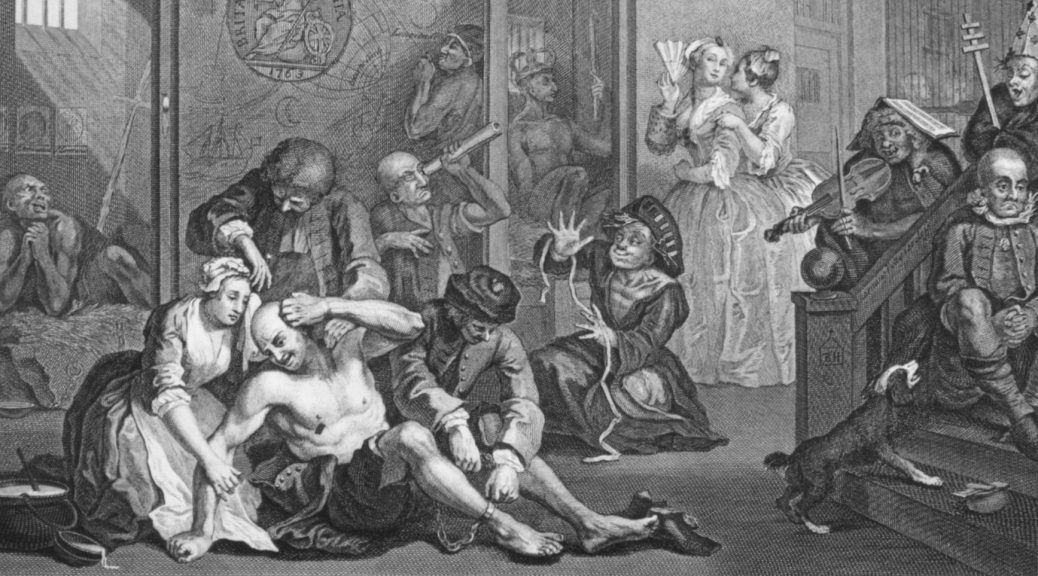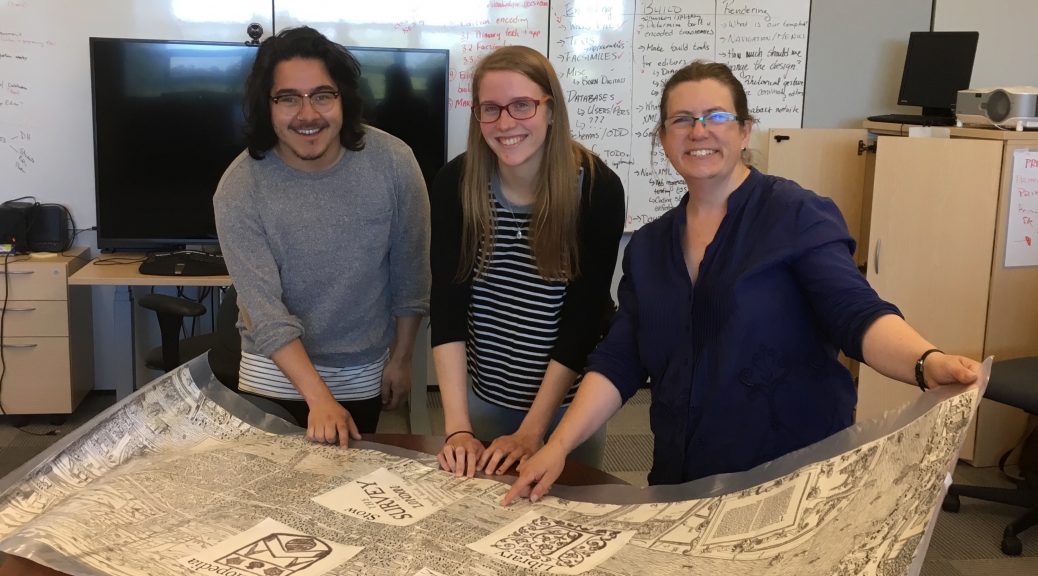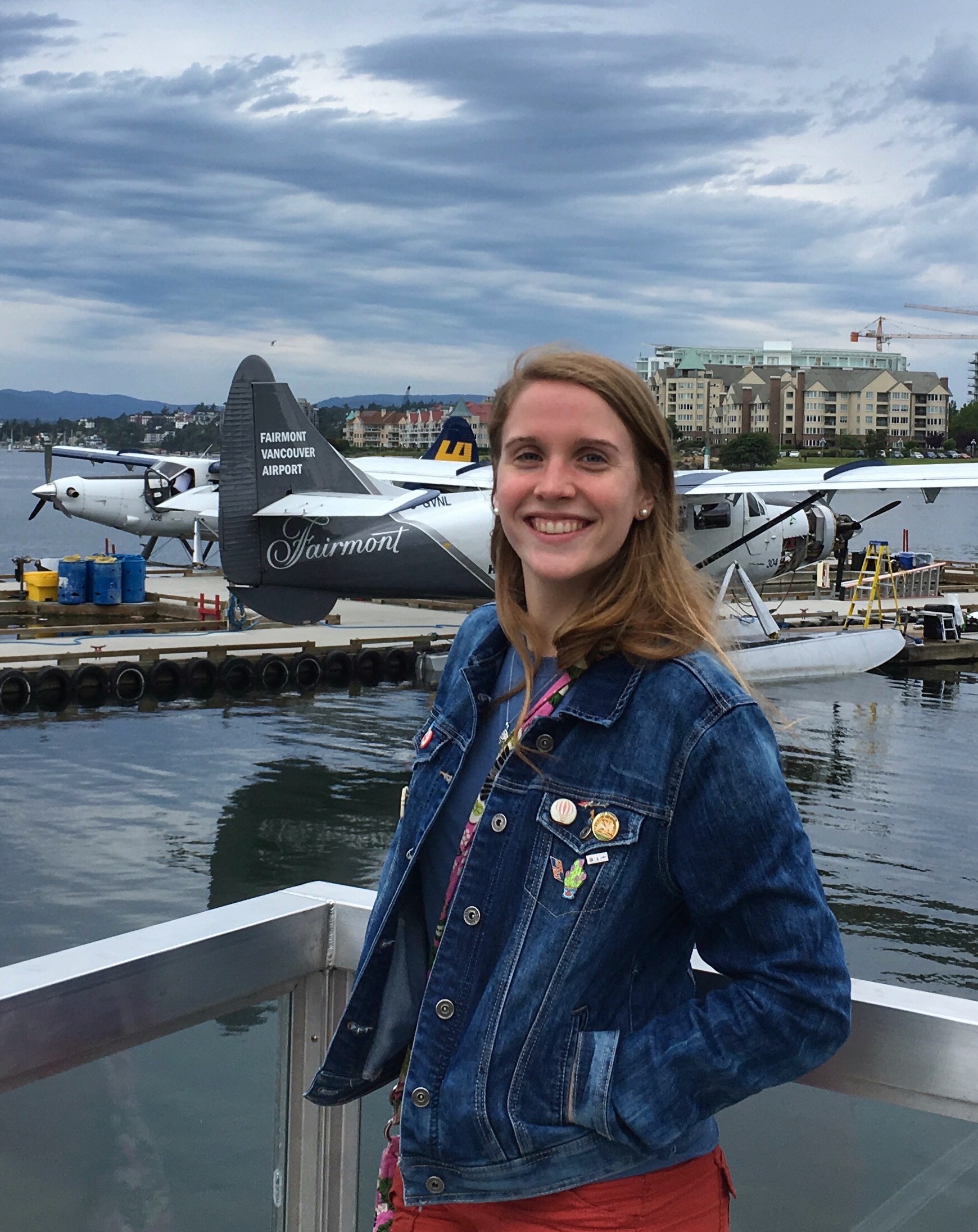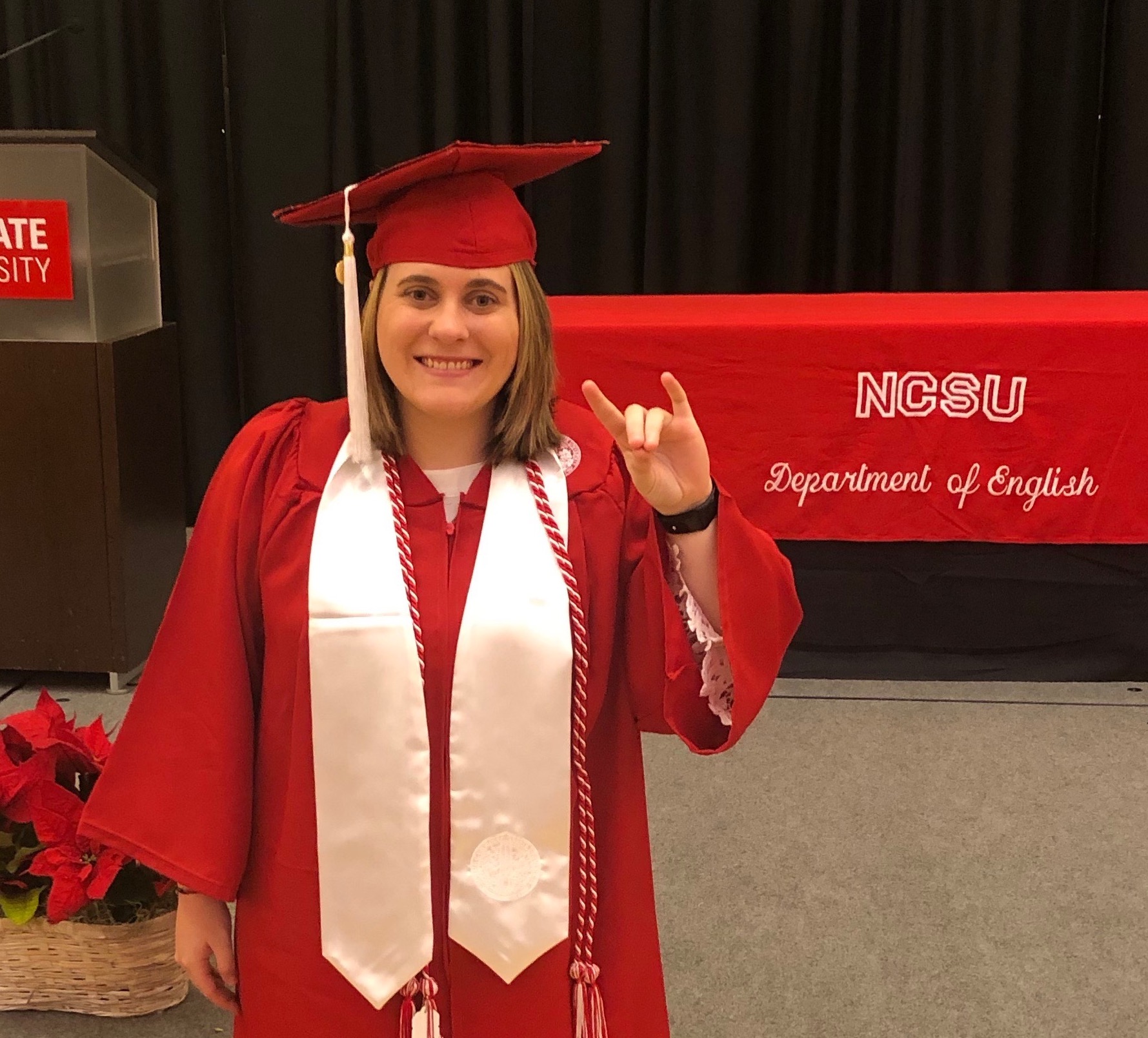Timothy (TJ) Scherer, Embry-Riddle Aeronautical University ’22, is majoring in Computer Engineering at the University’s Daytona Beach campus. In November 2018, he became the student web designer for Dr. Debra Bourdeau’s Hogarth Online website and entered the world of digital humanities, something he never expected as a student at an aviation-focused university. Scherer modernized the site over the past year and has begun adding content this academic year.
Bourdeau is Chair of English, Humanities and Communication for ERAU’s Worldwide campus. She received an internal grant to revitalize the project, which had remained relatively unchanged since 2004. Because Dr. Bourdeau lives in the Atlanta area, project meetings occur by Skype; she and TJ have had to learn to work virtually.
CURAH recently caught up with TJ to ask how the project is going.
CURAH: Tell us about your project. What has been your role?
TJ: The Hogarth Online project was started with the goal of creating a more widely accessible resource for William Hogarth’s works. More often than not, commentary on Hogarth’s works is highly detailed and not welcoming to newcomers. This project is aimed at those who want to learn about William Hogarth but lack the expertise many existing resources assume. From home to classroom, I hope that this project will serve as a resource to students and professors alike. To accomplish this, I have compiled commentary and observations to help explain the individual elements of each artwork in a sophisticated yet simple manner. I want to provide the necessary background information to enrich people’s understanding of Hogarth.
My role in this project is to modernize the original website, improving the aesthetics and functionality using HTML, CSS, and JavaScript. This mostly consists of reorganizing the large amount of content using more recent web development techniques, along with adding in new content as the project grows. My greatest focus in this project has been adding as much functionality as I can to make the website a valuable classroom resource, providing different ways to view both the artworks and the associated commentary so that it can easily adapt to lesson plans and the technology in the classroom. From personal experience, this tends to be a frustrating issue for many students, and I believe that I have been successful in mitigating it.

CURAH: What have been the greatest challenges in the work you are doing?
TJ: Going into this project, my experience with HTML and CSS was fairly limited, and beginning to build the infrastructure for a website requires a significant amount of knowledge to maintain an organized structure that can be expanded upon in the future. It took a lot of research and practice to fully understand the best ways to structure the code, but once the foundation was in place, I had lots of room for experimentation to find the best layout for the site.
Once I had determined a general layout, I had to address the problem of organizing and displaying a large amount of content . After some research and experimentation using HTML and CSS, I decided that it would not be enough. Further research suggested that JavaScript had the answer to my problem, but I had never used it before. Using guides and example snippets of code, I was able to gain enough understanding of JavaScript to create a solution.
Beyond these technical challenges, I encountered some small difficulty in transferring the content because I was new to Hogarth. I was very fortunate to have Dr. Bourdeau available whenever I needed. Every time we talked she taught me a little more about Hogarth and his historical background.
CURAH: What have you learned (about Hogarth, digital humanities or yourself)?
TJ: Over the duration of this project, I have learned several things.
- Engraving on a metal plate is a very interesting process, and the result is quite stunning. It absolutely amazes me how much effort has to go into each plate. The planning and the amount of detail involved is quite inspirational.
- There is a surprising lack of documentation of Hogarth’s works. It took a decent amount of time to locate high resolution images of each of Hogarth’s plates that are included in the project.
- I far prefer tasks that require research and creative thinking to achieve a goal. I enjoyed solving the problems I encountered while modernizing the website much more than I enjoyed transferring all of its contents to the new website.
CURAH: What has surprised you about this project?
The most surprising part of this project is the sheer amount of effort needed to produce this website. There are so many resources out there with similar levels of detail and content that it becomes easy to take them for granted. I can’t count the number of times a website’s design has frustrated me as a user, but being on the other end of the interaction is very eye-opening. From obtaining grants to compiling information, there is so much that goes into preparing to take on such a project, and even more to actually execute it. I was surprised to realize that it takes all of this effort just to make a single website, and it has given me a greater appreciation for each website I visit.
CURAH: How do you think this project will help you in your career or future studies?
The technical skills that I have developed from this project are probably the most notable way in which this project has already benefited me and will continue to in the future. By improving my understanding of the languages required to take on this project, I am simultaneously improving my skills in other programming languages. Further, the effort I put in to develop these skills has shown very good results, and now I think I will be more willing to put the same level of effort into future endeavors. Beyond this, the experience in communication and collaboration with Dr. Bourdeau is something I anticipate being very useful in the future, and that I am very thankful for.







